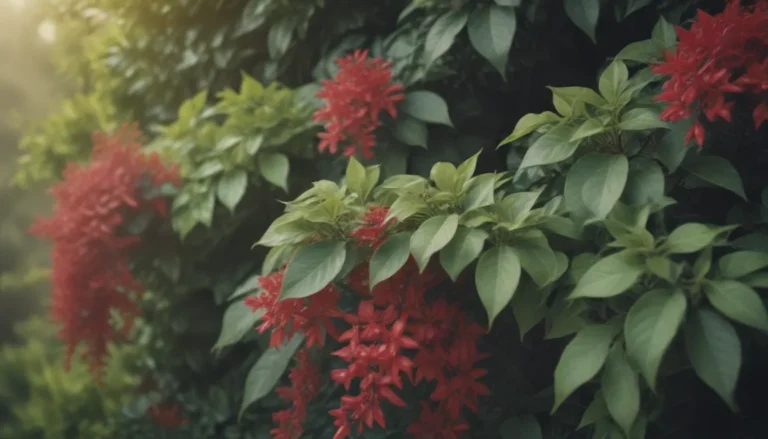Comprehensive Guide to Growing and Caring for the Lipstick Palm

The Cyrtostachys renda, also known as the lipstick palm, is a striking addition to any tropical landscape. Known for its vibrant crownshaft and deep green foliage, this palm is native to the Malay peninsula, Borneo, and Sumatra. In its natural habitat, it can reach heights of 25 to 35 feet, but when cultivated, it remains more manageable in size. With its clumping nature and slow to medium growth rate, the lipstick palm is a versatile plant that can be grown in pots and even overwintered indoors in cooler climates.
Lipstick Palm Care and Maintenance
Growing and caring for a lipstick palm is not difficult, but it does require specific conditions to thrive. Here are some key care requirements to keep in mind when cultivating this beautiful palm:
Light
- When young and tender, lipstick palms prefer dappled sun to protect their delicate foliage. Once mature, they can tolerate full sun exposure.
Soil
- Lipstick palms thrive in well-draining, moist, loamy soil with a slightly acidic pH ranging from 6.0 to 7.0. While they can survive in wet conditions, they do not tolerate salt.
Water
- These moisture-loving palms require consistent watering to keep the soil moist. In hot climates, daily watering might be necessary to prevent the soil from drying out.
Temperature and Humidity
- Lipstick palms prefer warm temperatures between 75 to 85 degrees F year-round and high humidity levels. They do not tolerate cold weather or windy conditions.
Fertilizer
- Use a slow-release palm fertilizer to provide essential nutrients to your lipstick palm. Follow the instructions on the label for the frequency and amount of fertilizer to apply.
Propagation and Repotting
Propagating Lipstick Palm
- Lipstick palms produce suckers that can be used for propagation. While growing from seed is possible, it is a slow and challenging process, making propagating from suckers the preferred method.
Potting and Repotting
- When growing lipstick palms in containers, choose a large pot with good drainage. Heavy materials like clay or terra-cotta are ideal to prevent toppling. Repot the palm into a larger container with fresh soil when it becomes root-bound.
Overwintering Tips
Overwintering Lipstick Palms
- In regions where winter temperatures drop below 45 degrees F, protect your lipstick palm by overwintering it indoors. Provide a heavy layer of mulch in USDA Zone 11a to shield the roots from the cold.
Common Pests and Diseases
- Lipstick palms are generally resistant to pests and diseases, but indoor plants might encounter issues with spider mites or scale insects. Keep an eye out for any signs of infestation and treat them promptly.
Additional Tips and Facts about Lipstick Palms
- Lipstick palms are considered marginally aquatic, thriving in consistently moist soil near water bodies.
- They are more expensive compared to other palm trees due to their rarity and exotic nature.
- While they produce suckers for propagation, their roots do not spread aggressively.
- These palms do not tolerate standing water but need regular watering to maintain their lush appearance.
In conclusion, the lipstick palm is a stunning addition to any tropical landscape, with its vibrant colors and unique features. By following the care instructions outlined in this guide, you can successfully grow and maintain a healthy lipstick palm in your garden or indoors. Remember to provide the appropriate light, soil, water, and temperature conditions to ensure the palm thrives and remains vibrant year-round.





